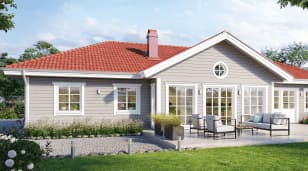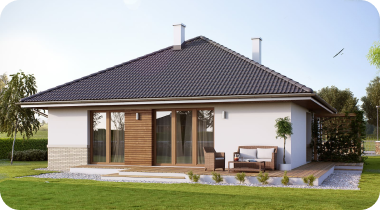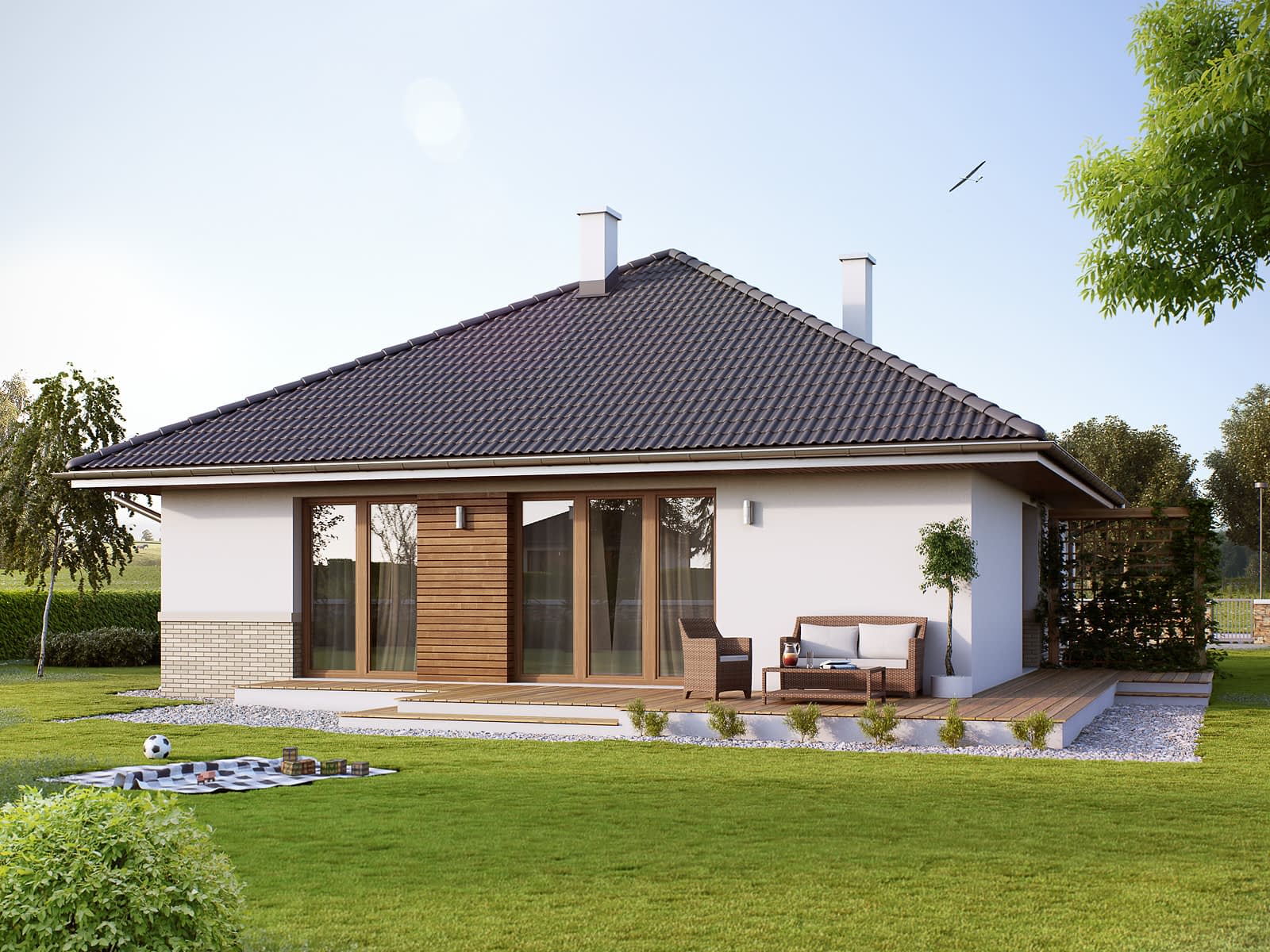





A link to download your FREE brochure will be in your inbox in 3 minutes



















The final price may vary based on project specifics.
To get a free accurate quote tailored to your needs, book a consultation with us today!

The price per square foot provided is an average and may vary depending on project-specific details such as materials, location, complexity, and other factors. Actual costs may differ from the average provided.
It is recommended to obtain a detailed quote based on the specific requirements of your project.

Please note that the monthly payment displayed on this page is an estimate and is subject to variation based on the selected loan product, applicants credit score, loan amount, and other financial details. Actual monthly payment may differ from the estimate provided.
It is recommended to seek advice from a financial advisor or loan officer to obtain precise payment information tailored to individual circumstances.
 Your Trusted
Local Contractor
Your Trusted
Local Contractor
Have you been wondering, “what is a junior ADU?” A junior ADU definition means a versatile, affordable housing option that’s taking California by storm. But before we delve deeper, let’s explore the idea of an accessory dwelling unit.
Accessory dwelling units (ADUs) have been lauded as a solution to the pressing affordable housing problem in California. This accessory structure provides existing single-family residence owners with an opportunity to add income from rent. Now, let’s meet their little sibling – the junior accessory dwelling units (JADUs).
What sets the junior accessory dwelling units apart? Essentially, a JADU is a smaller version of an ADU. Built within the proposed or existing space of a single-family homes, it’s a legally rentable unit that’s typically no larger than 500 square feet, what makes it different from a detached ADU.
A junior ADU is like a bonus space in your primary residence in existing walls with an interior entry and a separate entrance like an exterior door, adding versatility without compromising the essence of the existing home. So, whether you’re a property owner in Sacramento or a quiet suburban town, you should definitely consider the potential of a JADU.
Typically, a junior ADU can be carved out from an existing room in the main house, such as an attached garage, master bedroom, or even an oversized hallway. Key features include a separate entrance and an efficiency kitchen, complete with storage cabinets, food preparation counter, and appliances. Although they might share sanitation facilities with the main home, having a separate bathroom is not uncommon.
What makes a JADU an attractive proposition? The answer is simple – more space, extra income, and fulfilling the owner occupancy clause. These small living units offer a unique opportunity to generate rental income from, for example, a garage conversion, provide housing for a family member, or create an affordable housing option within an existing single-family home.
One of the primary differentiators of a junior ADU from a conventional ADU builders Sacramento is the owner occupancy requirement – read more about here – https://aplusconstructionremodeling.com/adu-builders/. For a property with a JADU, the owner must live in either the JADU or the primary residence. This stipulation, though sometimes seen as a deed restriction, ensures a balanced development of the community by discouraging absentee landlords.
Once you’ve completed your JADU project and received all necessary approvals, it’s ready to be occupied! But who can live in this ADU? Whether you invite an elderly family member, a trusted tenant, or a college-going kid who needs a bit of independence – the choice is yours. Don’t forget that it can be owner-occupied as well.
Embrace the boundless potential of a Junior Accessory Dwelling Unit, a veritable gift of space, freedom, and financial independence.
The benefits of JADUs are as rich as California’s golden sunsets, and here, we unveil them for you:
JADUs can be an affordable housing option for many, heralding a golden age of accessible living. These unique units can help cities like Los Angeles address their affordable housing challenges, making the city more inclusive and diverse.
Who wouldn’t want an extra stream of rental income? JADUs can be a godsend, transforming unused spaces in your home into a consistent source of revenue, easing financial stress and adding a touch of luxury to your lifestyle.
Are your children craving independence, or perhaps your elderly parents need a separate living area? A JADU offers a comfortable and safe living space, keeping your loved ones close while granting them the autonomy they desire.
JADUs can significantly increase the market value of your property. They make your home more appealing to potential buyers, who might see the extra space as a chance to earn rental income or accommodate their extended family.
Perhaps you need a home office, a personal gym, or an art studio? A JADU is a versatile space that can morph into anything you need it to be. The only limit is your imagination.
By providing affordable housing options in desirable neighborhoods, JADUs can promote a balanced, diverse community. They’re a tool for social good, helping to weave a colorful tapestry of inclusive communities across California.
Given the popularity of both ADUs and JADUs, California has passed several ADU laws (like Assembly Bill 68) aimed at easing the process of JADU development. However, local ordinances can differ, and conflicting definitions can complicate things like a deed restriction. As such, it’s essential for property owners to check every housing organization and stay informed about the latest governmental agency land trust initiatives, local agency guidelines, building codes, and owner occupancy requirements.
Get ready to immerse yourself in the vibrant world of Junior ADUs. With every question answered, you’re a step closer to turning the key in the lock of your dream JADU built in a single-family residence.
As the golden state continues to lead the way in innovative, affordable housing solutions, the relevance and appeal of junior ADUs can only grow. They symbolize the spirit of adaptation and resilience, a testament to Californians’ enduring pursuit of affordable, yet comfortable living. Welcome to the era of the Junior Accessory Dwelling Unit – a small but potent solution to the state’s housing challenges.
Dream with us, and visualize your home not just as a place of shelter, but as a thriving hub of opportunity, creativity, and love. The horizon of possibilities is as expansive as the Pacific – it’s time to ride the wave with your very own Junior Accessory Dwelling Unit.
How does a JADU stand apart from a granny flat or an ADU?
Imagine a JADU as a snug nest built within the warm confines of an existing single-family dwelling, emanating an intimate charm. Granny flats or detached ADUs, in contrast, are standalone structures, each a unique abode under the same starry canopy of your home.
Am I expected to provide additional parking for a JADU?
Ah, the great parking conundrum! This largely depends on the local ordinances singing the tunes of your city. Some vibrant cities like Los Angeles have gracefully eased parking requirements for ADUs, striking a note of convenience.
Is it possible to rent out a JADU for fleeting, short-term rentals?
The rules to this dance are led by your local ordinance or the grand orchestra of the California Department of Housing and Community Development. Be aware, some local agencies may refrain from the swift waltz of short-term rentals.
Can I cultivate both an ADU and a JADU in the same garden of my property?
Absolutely! Like the resplendent blossoms of two different species, you can nurture both an ADU and a JADU on your property. Just remember, the JADU requires the gardener’s touch of owner occupancy.
Are JADUs bound by the chains of square footage?
Yes, junior ADUs in California, like sweet, delicate bonsai, are limited to a maximum size of 500 square feet. But don’t let the reasonable size fool you; the potential of this square footage is vast as every square foot counts.
Can a JADU host its own bathroom?
While JADUs are often seen extending a hand of camaraderie to the main house over shared sanitation facilities, they indeed can boast a separate bathroom, a little sanctuary of privacy.
Get a First Look at Real ADU Projects